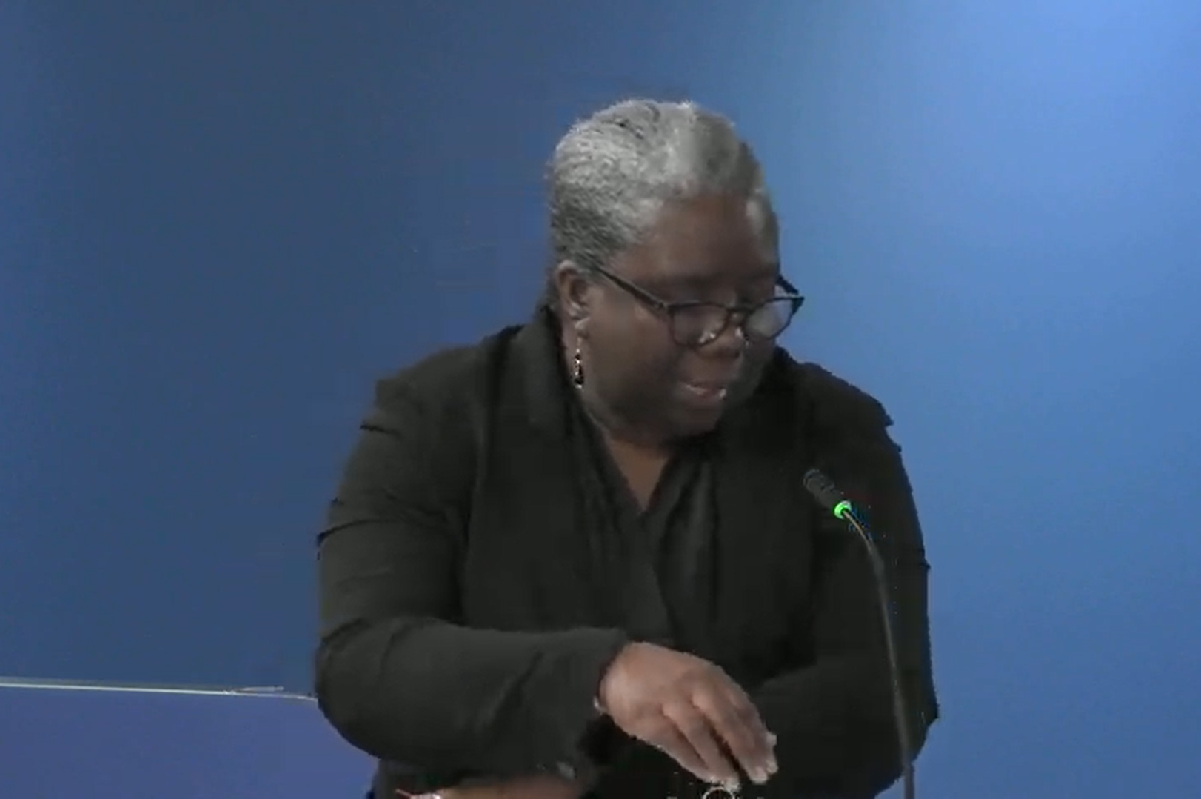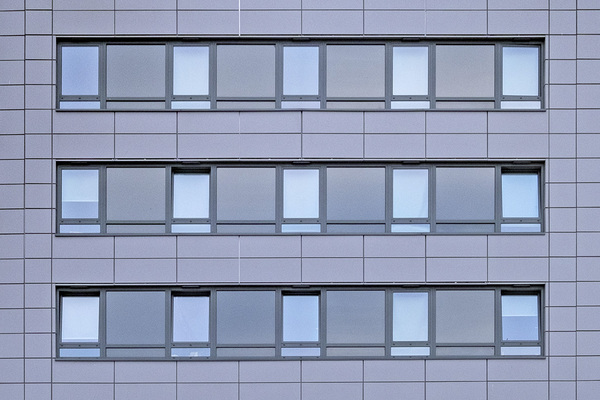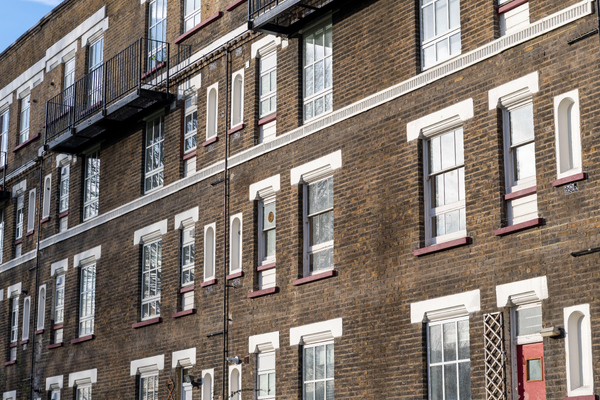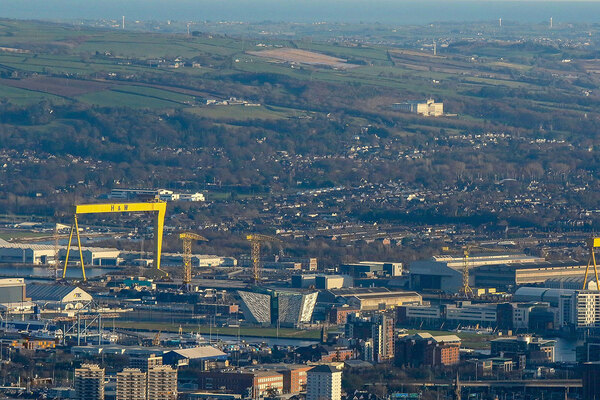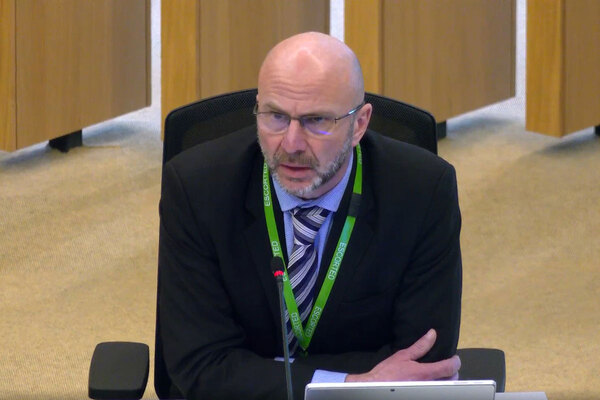Cladding panels and insulation contributed ‘approximately equal’ amounts of toxic smoke at Grenfell Tower, expert says
The cladding panels and insulation boards used on the walls of Grenfell Tower contributed roughly equal amounts of suffocating gas to the toxic smoke that trapped and killed the victims of the blaze, an expert toxicologist has said.
Professor David Purser yesterday explained his findings relating the contribution of various materials to the toxic smoke that spread through the tower on the night of 14 June 2017.
He said that the contribution of carbon monoxide from the burning polyethylene in the cladding panels was “approximately equal” to the amount produced by the plastic insulation boards that sat behind it.
Carbon monoxide is an asphyxiant, which Professor Purser told the inquiry he believed was the major cause of the deaths in the fire.
At the start of his evidence on Wednesday, Richard Millett QC, lead counsel to the inquiry, had issued a warning that some of the details he discussed would be distressing.
Based on an analysis which showed that 100% of the polyethylene-cored cladding and around 50% of the plastic insulation had burned away, Professor Purser estimated that both contributed roughly equal levels of carbon monoxide to the smoke.
The vast majority of the insulation on the tower was made of polyisocyanurate, produced by a company called Celotex, which would also have released smaller amounts of hydrogen cyanide and chlorine.
The cladding panels, made by a company called Arconic, would have produced only carbon monoxide.
The tower’s cladding system also included a small amount of phenolic foam insulation produced by Kingspan, but Professor Purser did not include it in his estimations due to the low percentage on the walls and uncertainty about where it was located.
He said that subsequent tests on the Kingspan product showed it also produces cyanide gas when burned but to a lower degree than the Celotex product.
Professor Purser’s report said that “during the early stages of [the] fire”, up until 1.27am, “the cladding and insulation was the main fuel burning as a source of smoke”.
The report said: “Based on the estimated masses of PE [polyethylene] and PIR [polyisocyanurate] burned outside a flat as the fire burned past it and from the carbon contents of these materials, I have estimated that they both contributed approximately equal amounts of [carbon monoxide] to the exterior smoke plume, so the total concentrations of [carbon monoxide] in the smoke would have been derived more or less 50/50 from these two materials.”
Professor Purser estimated there was 27 times as much carbon monoxide in the smoke as cyanide – making the former the primary cause of the deaths.
However, he said cyanide may have been a contributing factor to residents collapsing before they died, as it can trigger collapse faster than carbon monoxide.
“I think the cyanide would have made some contribution. [But] the dominant toxic gas here causing incapacitation is the carbon monoxide,” he said.
He added that for a group of three residents who became trapped on a smoke-filled lobby on the 10th floor after attempting to escape the building in a lift, cyanide may have made a bigger contribution to their collapse.
Professor Purser said the smoke conditions on this floor were likely to have been extremely severe – triggering collapse in just a couple of minutes. He estimated that they collapsed at around 1.26am and died a few minutes later.
“Because of the peculiarities of toxicity of cyanide and the high concentrations of both gases in this particular situation, the cyanide is kicking in here as a bigger initial cause of incapacitation,” he said.
However, he said their deaths would have ultimately been caused by the carbon monoxide, which came from both the cladding and the insulation.
Materials used in the windows – the uPVC frames and various insulation products – also contributed to the smoke in these early stages. Professor Purser said the uPVC gives “a very high yield” of carbon monoxide.
As fires began to burn inside flats, consuming furniture, the smoke generated inside the tower also came from these products.
Recent expert evidence from Professor Luke Bisby on the cause of the fire spread at the tower indicated that the polyethylene-cored cladding panels were the primary cause, with the insulation only making a minor contribution.
However, Professor Bisby had caveated his evidence by saying he had “not considered any smoke production issues as part of my investigations at all”.
“Questions around toxicity and smoke production are relevant, but are being addressed by other experts to the inquiry,” he said.
Asked about Professor Bisby’s findings, Professor Purser said they were “not inconsistent” with his conclusions.
Professor Purser spent much of the day’s session answering questions about a section of his report where he estimated the time of death for all of the victims killed inside the tower.
These estimates were based on factual evidence, such as calls to the emergency services, as well as his estimates of the amount of toxic smoke inhaled by the victims and the time when they would likely have collapsed and died.
His report also estimated the last time at which they could have escaped and successfully exited the tower.
For example, Professor Purser estimated the people in Flat 201 on the top floor had until 1.50am to leave in order to escape alive. He estimated that they inhaled a lethal amount of asphyxiant gases by 2.23am and died at around 2.45am.
Others in flats which were not affected by the fire immediately were estimated to have died much later; some as late as 4.30am, more than three-and-a-half hours after the start of the blaze.
Yesterday, Professor Purser told the inquiry that he believed the rapid build up of smoke in lobbies was a “key event” in the deaths, as it prevented those trapped from escaping, especially if they had children or disabilities.
He had previously explained that a concentration of more than 30% of asphyxiant gas in blood levels will generally cause collapse, while more than 50% is likely be fatal.
He said the concentration in the staircase would have allowed an adult to walk down them for approximately 15 minutes before collapsing.
However, if they had already built up a level of toxins in their blood before entering the stairs – either while sheltering in their flats or if they became disoriented in the pitch dark lobbies – they collapsed much faster.
This is why some residents were able to descend from the top floor of the building and escape, while others collapsed and died almost as soon as they entered the staircase.
“The dose you’re going to accumulate as you walk down the stairs… is something like 20%. If you start with more than about 9% or 10% before you set off from your flat, then you’re in danger of getting into trouble before you reach the bottom of the stair,” Professor Purser explained.
The inquiry continues with additional evidence relating to the circumstances of each victim’s death beginning next week.
Sign up for our weekly Grenfell Inquiry newsletter
Each week we send out a newsletter rounding up the key news from the Grenfell Inquiry, along with the headlines from the week
Already have an account? Click here to manage your newsletters

